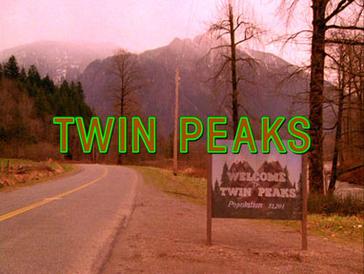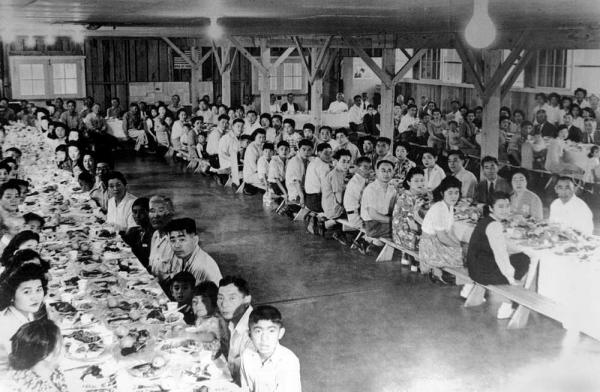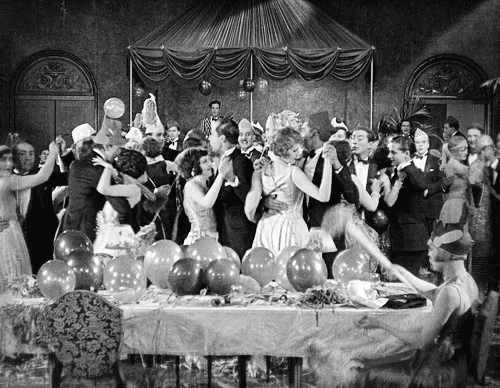Another aspect of 90's culture was the massive amount of films that are still relevant today. One example of this is the film "Pulp Fiction." A cultural phenomenon, even today, the film directed by Quintin Tarentino was nominated for 6 oscars (winning one for best screenplay). The film is known for many catch phrases including Samuel l Jackson and John trovolatas break through performances.
A film perhaps even more famous goes by the name of Titanic. Released in 1997, Titanic would go on to be one of the highest grossing films of all time garnering about $2,516,000,000 dollars. The director, James Cameron, would go on to make one of the other highest grossing films of all time entitled "Avatar."
These fashion trends and fantastic films have made their stamp on history. "paint me like one of your French girls" is a very common comedic phrase taken (in a different tone) from the film "Titanic." This along with "Pulp Fiction," (a film perhaps known for a different type of cinema flare) went on to be some of the most influential trends and topics that we still discuss today.





















.jpg)
